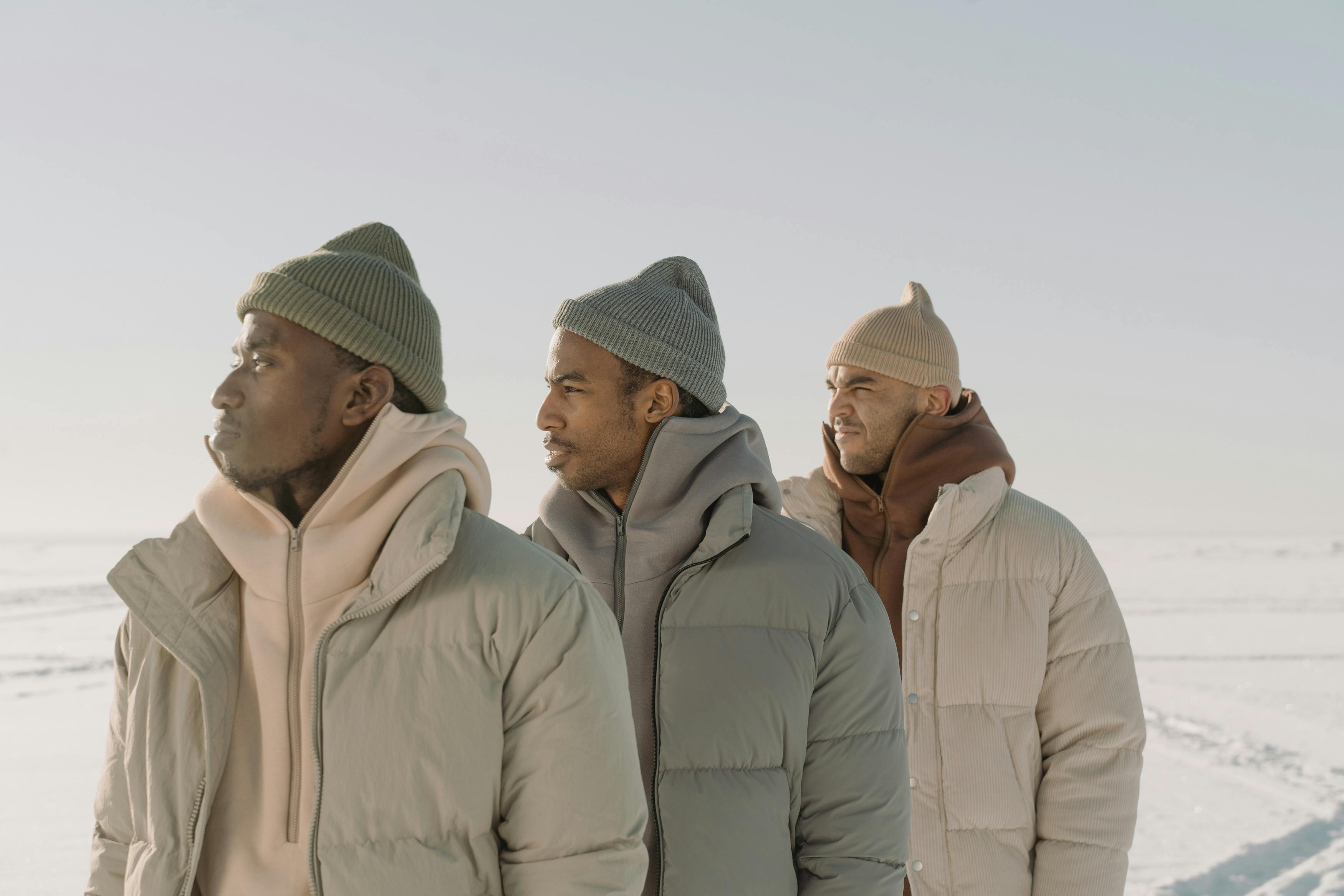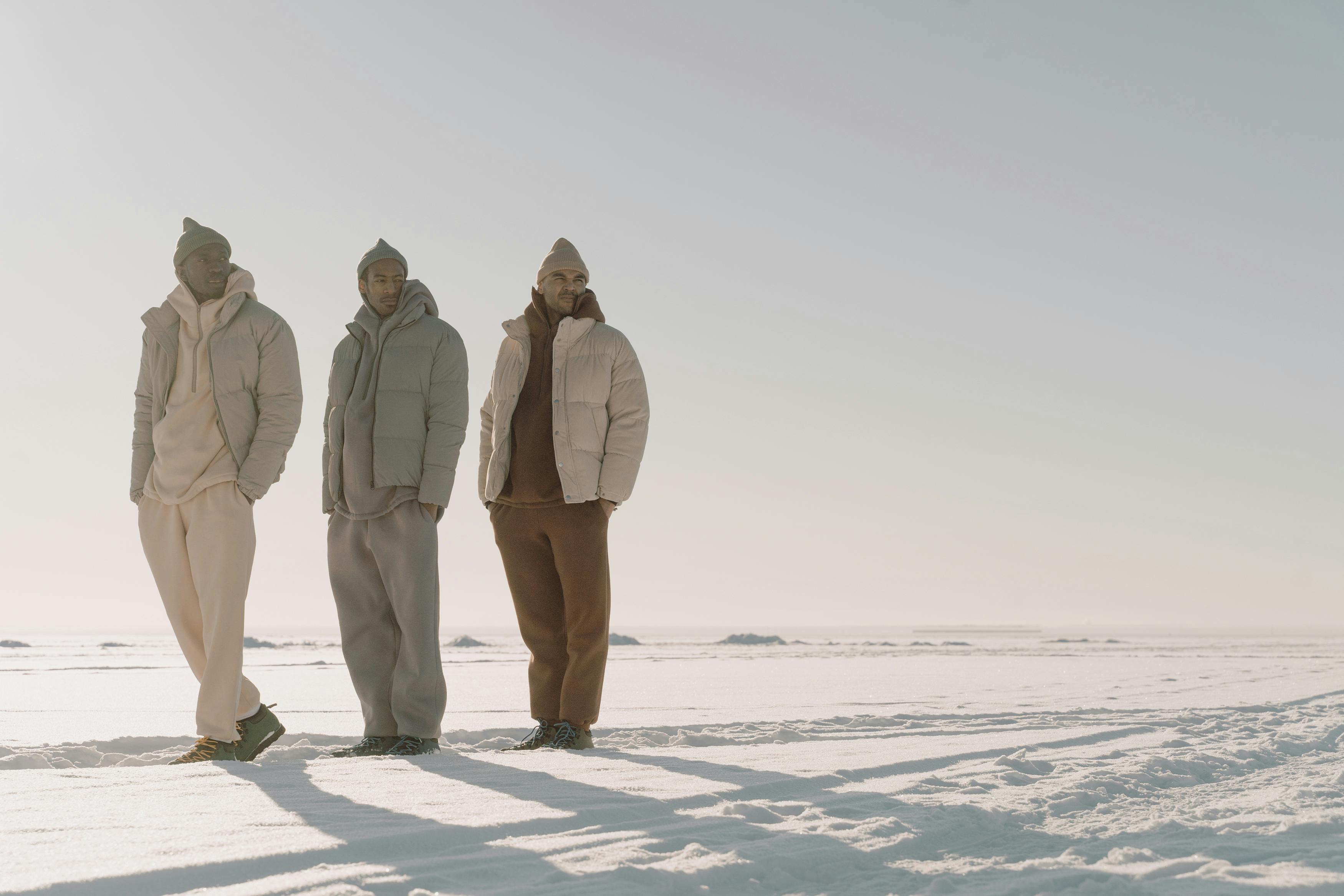3 Tips For Layering Clothes To Stay Warm in Cold Weather
2024-10-19
Layering is an art that, when done correctly, ensures that you stay warm and comfortable all through the day, despite how chilly the outdoors get. Layered outfits create insulation for your body to keep you toasty and the best part is that in case the weather changes or anything happens, you can simply adjust by taking off a layer or two. A lot comes into play if you want to get layering right, and this is the ultimate guide to get you started.
What Are the Basics of Layering Clothes?
What is layering? Is it just about throwing on outfits over each other? Far from it. Layering is an art and a science, where instead of wearing a bulky jacket in winter, you have multiple layers of clothes, all of which work together to keep your body temperature in check thanks to insulation. Every layer over another plays a huge role in keeping you warm, protected, and comfortable. However, besides the weather, there are other considerations to make when layering. You must also consider the activity involved, your metabolism, and the material of the outfit.
The Science Behind Layering
Can you remember the principles of heat transfer? Layering as a science can be explained better by conduction. The more you layer your clothes, the more you trap air or warm pockets around you and since air is a poor conductor of heat, your bodily heat stays trapped. Therefore, layering clothes prevents the heat from transferring from your body to the environment.
Importance of Layering in Cold Weather
Why learn how to layer clothes for cold weather? Below are the main reasons why layering is better than wearing a single bulky outfit out in extreme cold.
- Temperature regulation: Layering goes a long way to help you maintain your body heat. When exposed to extreme cold, your body will fight back by reducing the flow of blood through the body; however, layering keeps you warm and encourages blood flow.
- Adaptability: Imagine it getting warmer while you are stuck and uncomfortable wearing a bulky warm jacket. One impressive aspect about layering outfits is that it is flexible, such that in case of any weather changes or adjustments in activities, you can always peel off a layer.
- Maximum protection from the elements: The shell or outer layer comes in handy to shield you from the elements, protecting you from snow, water, and wind so you always stay warm and dry outdoors. You are sure that you will be comfortable and ready for a fun day outdoors.
How to Choose the Right Materials for Layering?
Layering for cold weather works best when you choose the right materials. Since you want to get everything right, here are the best materials for each layer.
- Base layer materials: There are several options to go for when choosing the best base layers. You can play around with synthetics like nylon and polyester or even natural fabrics like silk and wool.
- Insulating layer materials: This layer is usually thicker than the base and the ideal options include wool, wool-blended materials, and polyester fleece.
- Outer layer materials: When looking for the final layering jacket, consider durability, element resistance, and abrasion resistance. You need fabrics like polyester and nylon that offer maximum protection and can withstand outdoor activities.
The Three-Layer System Explained
Layering works effortlessly thanks to the three-layer system; this is how everything works together.

The Baselayer
This is the first layer of clothes that touches your skin and helps regulate your temperature and moisture levels. It wicks off sweat, which helps you stay dry and comfortable and must be a perfect fit, not too tight to allow easy movement.
The Midlayer
If you are not sure how to dress for cold weather, you must get the midlayer right. This is the insulation that is usually thicker and a bit loose, perfect for trapping the heat from escaping your body.
The Outer Layer
The final layer that is just as important when it comes to how to dress warm is mostly for protective reasons. You will be going for durable and waterproof jackets and coats that offer maximum protection from the harsh weather, knowing that they will be in contact with rainwater, snow, and wind.
Tips For Effective Layering
Layered clothing is not just for comfort, it also helps you avoid dire situations like overheating and hypothermia. Therefore, you want to strike a balance, making sure that you stay safe and that you are still able to enjoy your outdoor activities.
When you're ski touring in cold temperatures below zero and it's snowing, getting layering right is essential as this ski blog explains.
How to Balance Warmth and Breathability in Layers?
Layering is versatile, making it easy to adjust based on your needs. Make sure that you go for the right materials that will wick off sweat to keep you dry and avoid overheating. At the same time, check that the extra layers are of the right fabric so that you can layer up when it gets too cold, or remove items when it gets too hot. This together with great features like vents and zippers ensures that the outfit stays breathable and comfortable.
How to Avoid Overheating or Sweating in Layers?
You should know how to layer for cold weather by staying alert at all times. You can always adjust by adding or removing a layer based on how you feel to avoid overheating or getting too cold. The last thing you want is to walk around with a sweat-soaked jacket that you cannot take off. Remember to also carry a bottle of water to stay hydrated and help regulate your temperature.
How to Layer for Different Activities and Weather Conditions?
How to layer for winter is not the same as layering for hiking or outdoor sports. The choice of material and how you layer it will depend on the activity and how intense it is. That’s how you know whether to prioritize warmth, comfort, breathability or an outfit that allows easy movement. While at it, also remember to style with scarves, earmuffs, hats, gloves, socks, and beanies for extra protection. These tips are key for mastering camping fashion while staying comfortable and protected outdoors.
It is easy to master the art of how to layer clothes. Simply find the balance between comfort, breathability, and warmth, and you will be skilled at layering for harsh weather. Luckily, what you feel will guide you when adding or removing the layers, making sure that you avoid overheating and hypothermia. Find the right materials for specific layers and accessorize them so you are sure of a warm and comfortable day outside, regardless of the harsh conditions.

Mariam Simmons
Mariam Simmons is a fashion enthusiast and Content Manager at Alpine Swiss. She loves traveling to the world’s top stylish destinations and gets inspired to create helpful fashion and lifestyle guides. With over a decade of writing experience, her main goal in creating content is to ensure readers learn something useful and provide value instead of noise.



